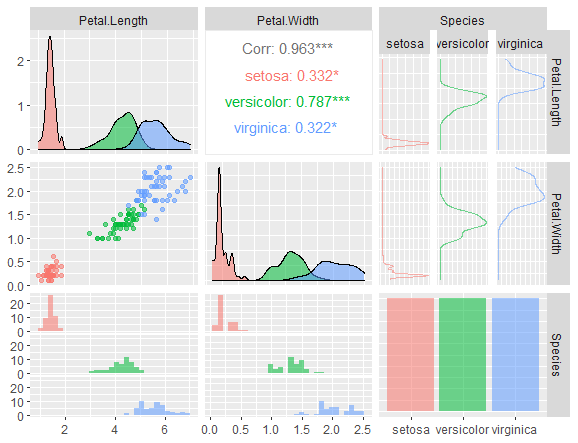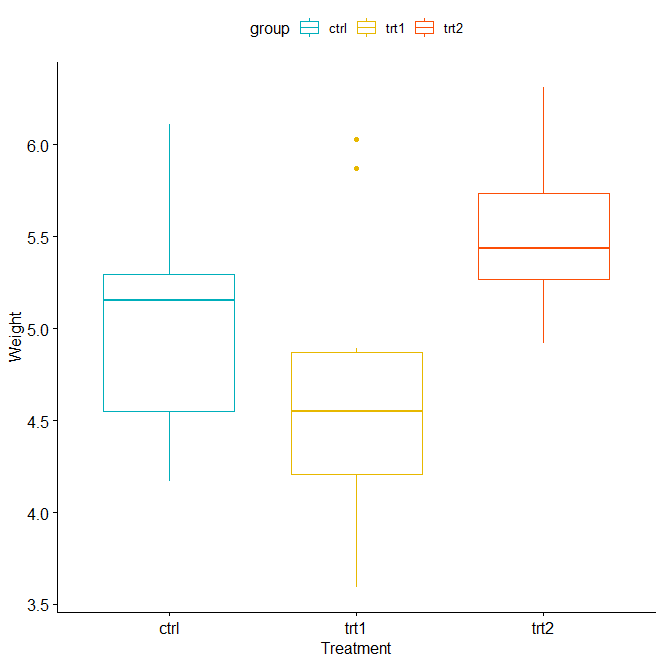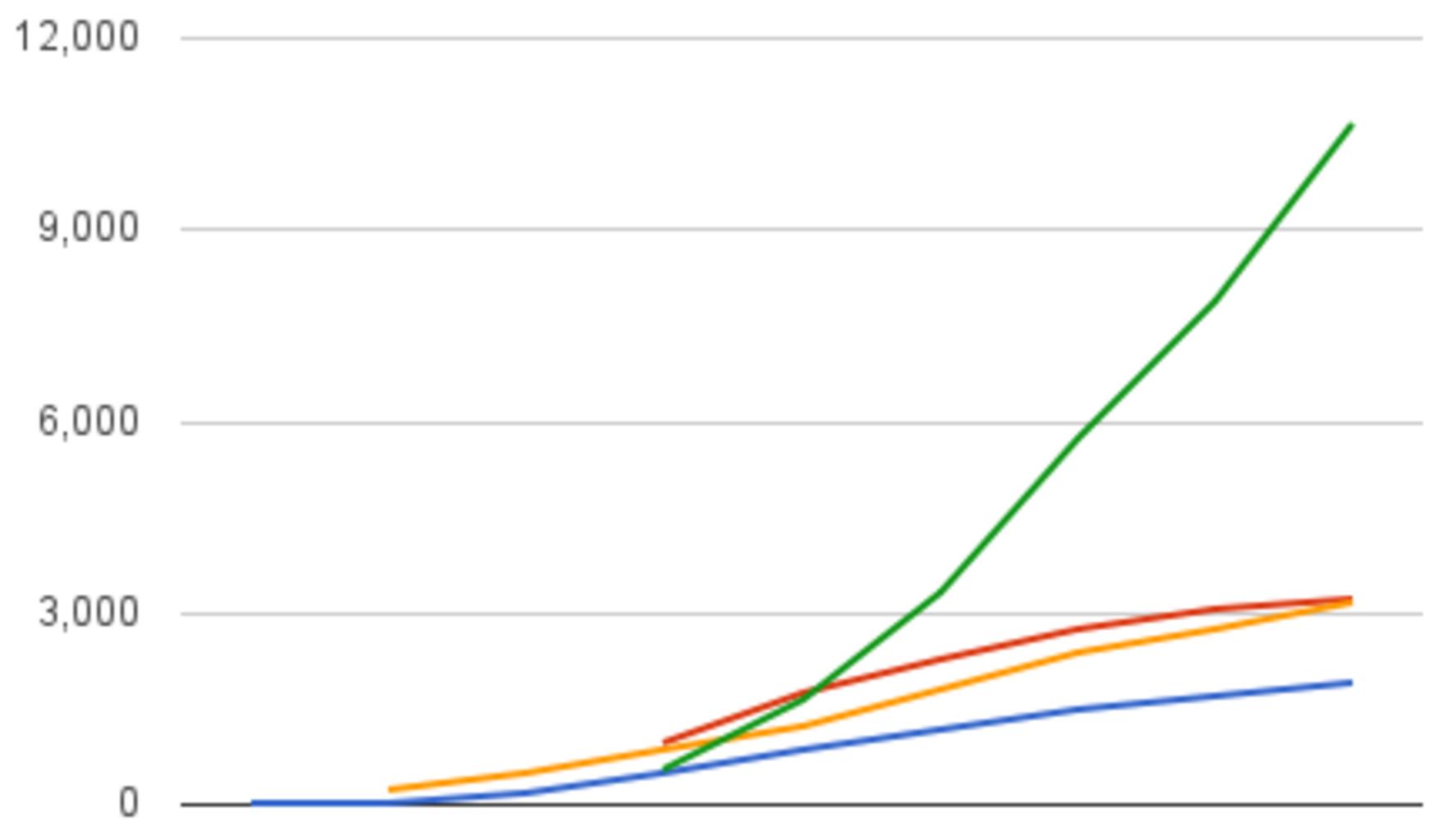Error-list-object-cannot-be-coerced-to-type-double-2 in R, a list is a commonly used data structure that can hold different types of objects such as vectors, data frames, matrices, and even other lists.
However, in some cases, we may want to convert a list object into a different type of object, such as a numeric or character vector, or a data frame.
When trying to convert a list object into a different type of object, we may encounter an error message that says “object cannot be coerced to type ‘double'”, where ‘double’ refers to the desired type of object.
This error message typically occurs when we try to convert a list object into a numeric vector or matrix, and the list contains elements that are not numeric.
Error-list-object-cannot-be-coerced-to-type-double-2
For example, suppose we have a list object my_list, with two elements, one of which is a numeric vector and the other is a character vector:
Data Science Strategies for Improving Customer Experience in R » Data Science Tutorials
my_list <- list(numbers = c(1, 2, 3), letters = c("a", "b", "c"))
If we try to convert my_list into a numeric vector using the as.numeric() function, we will get an error message:
as.numeric(my_list) # Error: (list) object cannot be coerced to type 'double'
This error message indicates that the as.numeric() function cannot convert the list object into a numeric vector, because one of the elements in the list (letters) is not numeric.
A similar error message may occur when trying to convert a list object into a matrix using the as.matrix() function, if the list contains elements that are not the same length. For example, suppose we have a list object my_list_2, with two elements of different length:
my_list_2 <- list(numbers = 1:3, letters = c("a", "b"))
If we try to convert my_list_2 into a matrix using the as.matrix() function, we will get an error message:
as.matrix(my_list_2) # Error in as.matrix.default(data) : # 'dimnames' applied to non-array
This error message indicates that the as.matrix() function cannot convert the list object into a matrix because the elements in the list are different lengths.
To avoid this error message, we can check the contents of the list object before trying to convert it into a different type of object. For example, we can use the sapply() function to check if all the elements in the list are of the same type and length:
sapply(my_list, class) # numbers letters # "numeric" "character"
In this case, we see that the elements in my_list have different types, which is why we cannot convert it into a numeric vector.
Similarly, we can use the length() function to check if all the elements in the list have the same length:
length(my_list) # [1] 2 lengths(my_list) # numbers letters # 3 3
In this case, we see that the elements in my_list have different lengths, which is why we cannot convert it into a matrix.
Chi-Square Goodness of fit formula in R »
Summary
The error message “object cannot be coerced to type ‘double'” typically occurs when we try to convert a list object into a numeric vector or matrix, and the list contains elements that are not numeric or have different lengths.
To avoid this error message, we should check the contents of the list object before trying to convert it into a different type of object, using functions such as sapply() and lengths().











Thank you so much. This is very helpful. Unfortunately, I failed to fix this error (Error in empty(web) : ‘list’ object cannot be coerced to type ‘double’) while plotting a bipartite graph. I do not know what to do now. If there is a help, please. Help me.